Transducer Concert
Reembodied Sound 2024
Reembodied Sound 2024 concludes with a concert of transducer-based works which span performance practices and genres, showcasing the breadth of musical possibilities for the technology.
PROGRAM
ASSEMBLAGE NO. 1
Matthew Goodheart
Assemblage No. 1 is an interactive work for transducer-actuated metal percussion and solo improviser. Assembled from bits of code, mapping techniques, generative algorithms, and performer-generated samples taken from reembodied sound compositions of the last decade, the work reshapes, recontextualizes, and reframes this history within a new and unpredictable improvisational environment.
COEFFICIENT
Stuart Jackson
Coefficient is an electronic work, the product of electroacoustic transducers and special microphones. A variable feedback system between the two elements is influenced and changed by the performance of frictional sounds by a percussionist. A distinction is made between those sounds produced by friction, and those produced by impact.
THE INTERIOR OF OBJECTS
Seth Cluett
the interior of objects explores the drum as a site-specific acoustic space. In this work, a tactile transducer is placed on the underside of the drum head opposite a piezo microphone. Tones derived from the physical acoustics of the membrane set the head in motion, these tones are joined by feedback frequencies whose amplitude is restrained by a limiter. The nodes and antinodes of the drum head become a performable topography the performer can explore through the compositional form.
DOUBT IS A WAY OF KNOWING
James O’Callaghan
Sara Constant, Flute
Doubt is a way of knowing, co-commissioned by Jeffrey Stonehouse and Mark McGregor, is part of a series of pieces for soloists where electronics are diffused through a double of the soloist’s instrument. The piece is an examination of counterfactuals and simultaneous emotional reactions where one experiences a split self.
SHITATARI
Keita Matsumiya
This composition is a mixed music piece created by orchestrating the sound of water droplets recorded in the field. It involves using transducers to resonate the piano soundboard and live modulation of the piano and electronic acoustics through a pickup microphone, resulting in a live electronics/chamber music composition, aiming to integrate the strengths of both descriptive, recording, and improvisational elements.
——INTERMISSION——
RECIPROCAL RESPONSE
Moon Ha
reciprocal response is a musical system based on the (re)cycling idea, which has been my inspiration for creative works for over a decade. This is designed to be executed by my students at new_LOrk, New York University’s Laptop Orchestra, to utilize the tactile transformation of energy into signals and sounds. The members of new_LOrk include Ahmir Phillips, Chloe Yang, Jerry Huang, Devin Park, and Jailen Mitchell.
BIONICO
Gadi Sassoon
Bionico was originally created as an installation at Sónar in Barcelona, and later developed into a quadraphonic piece at Elektron Musik Studion in Stockholm, where Gadi used a prepared metal plate with a large transducer to create feedback loops for physical models and strings. The live performance of Bionico uses four resonating sculptures attached to transducers that augment Gadi’s live electric violin. The cuts on the plates change the resonating modes of each sculpture.
THE NETTED RESONANCE OF TIDE POOLS
Alyssa Wixson
June Cummings, Percussion
The sounding objects used in this piece are connected in a web of resonance and feedback analogous to the intricate ecosystems present in tide pools. It took shape over many hours of sonic exploration with percussionist June Cummings; creating the piece with her has been a joy.
Main Image: Studio 1—Goodman at EMPAC. Photo: Kris Qua.
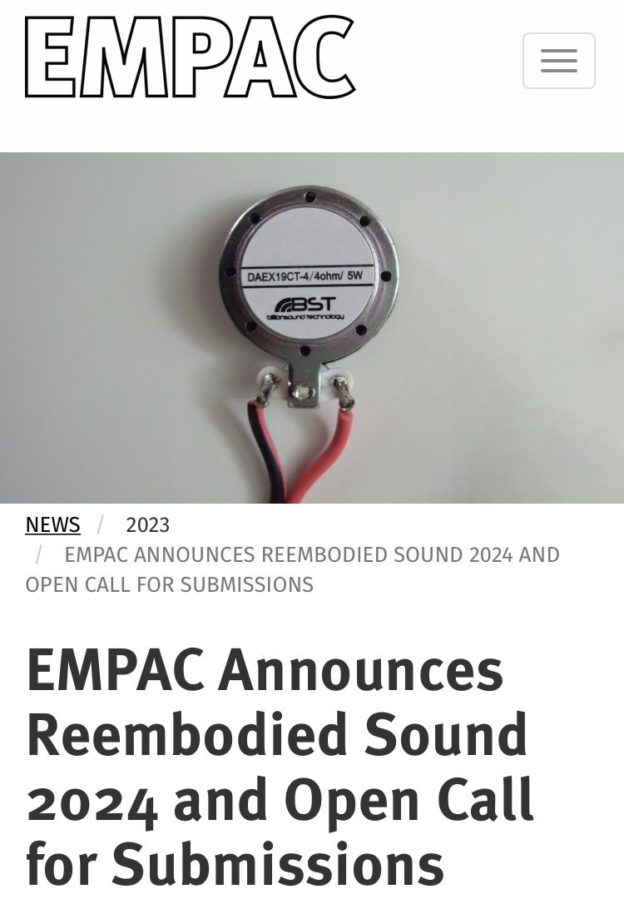





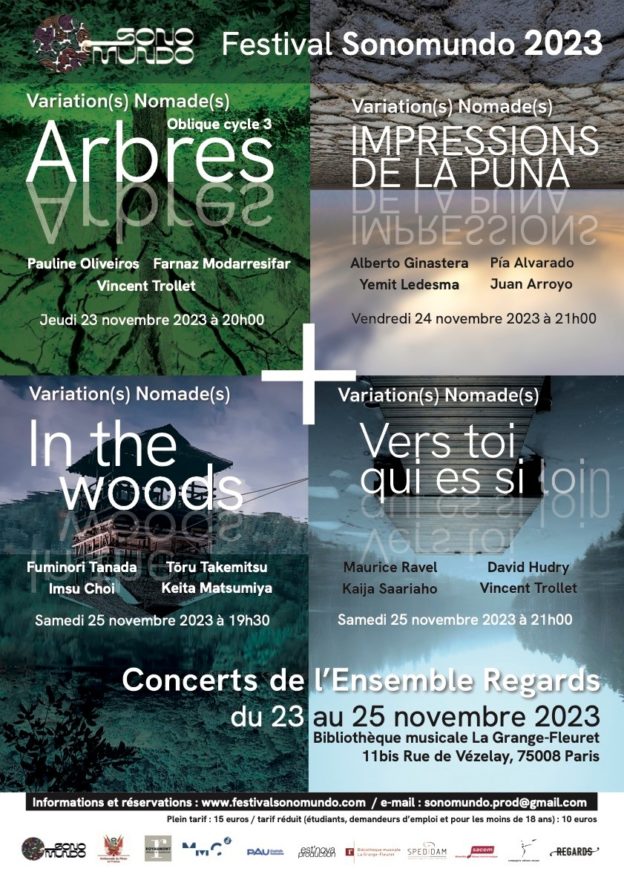
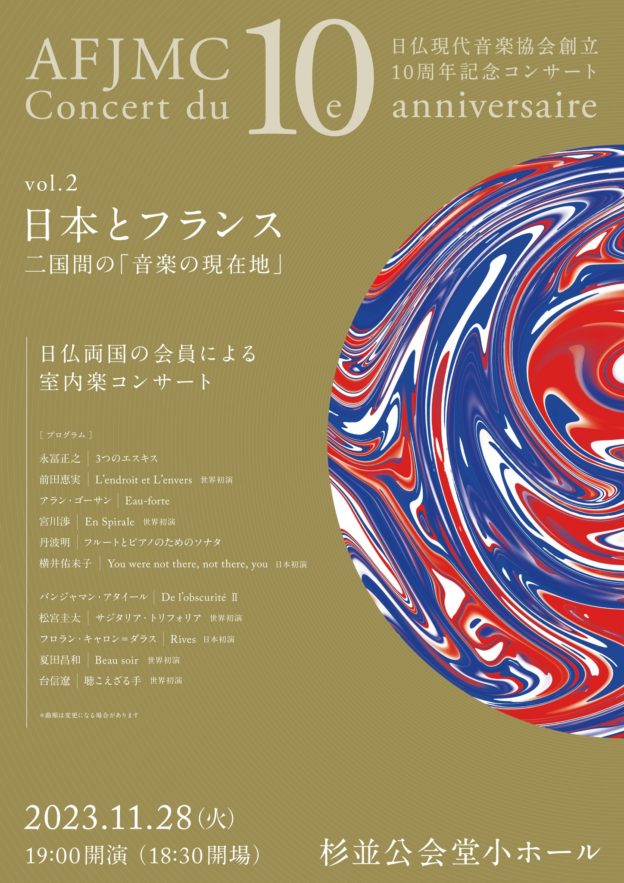


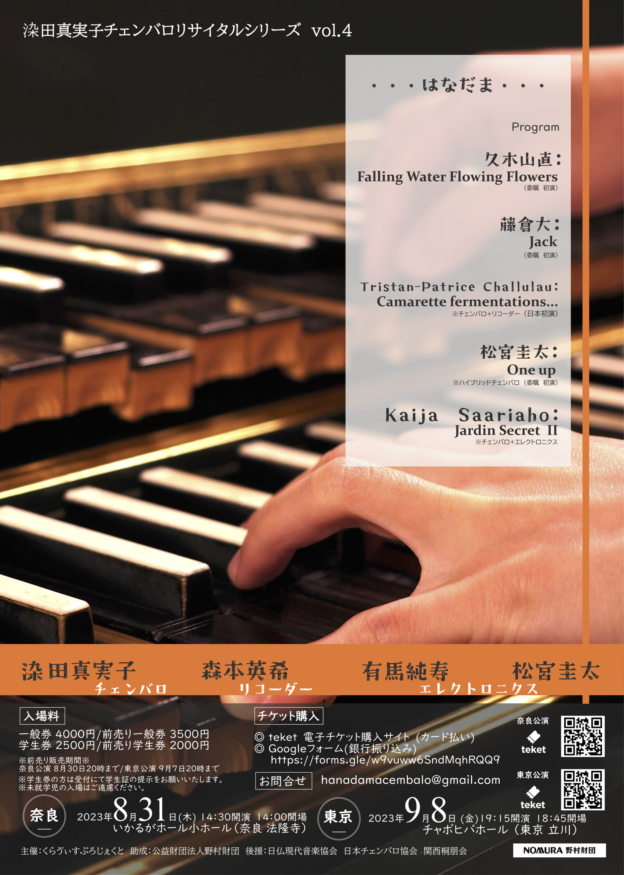
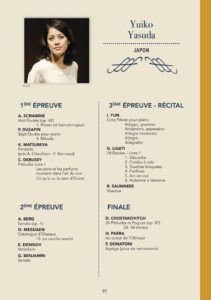









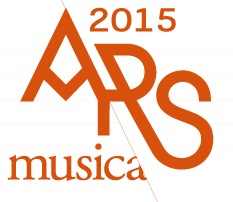








-50x50.jpg)




















